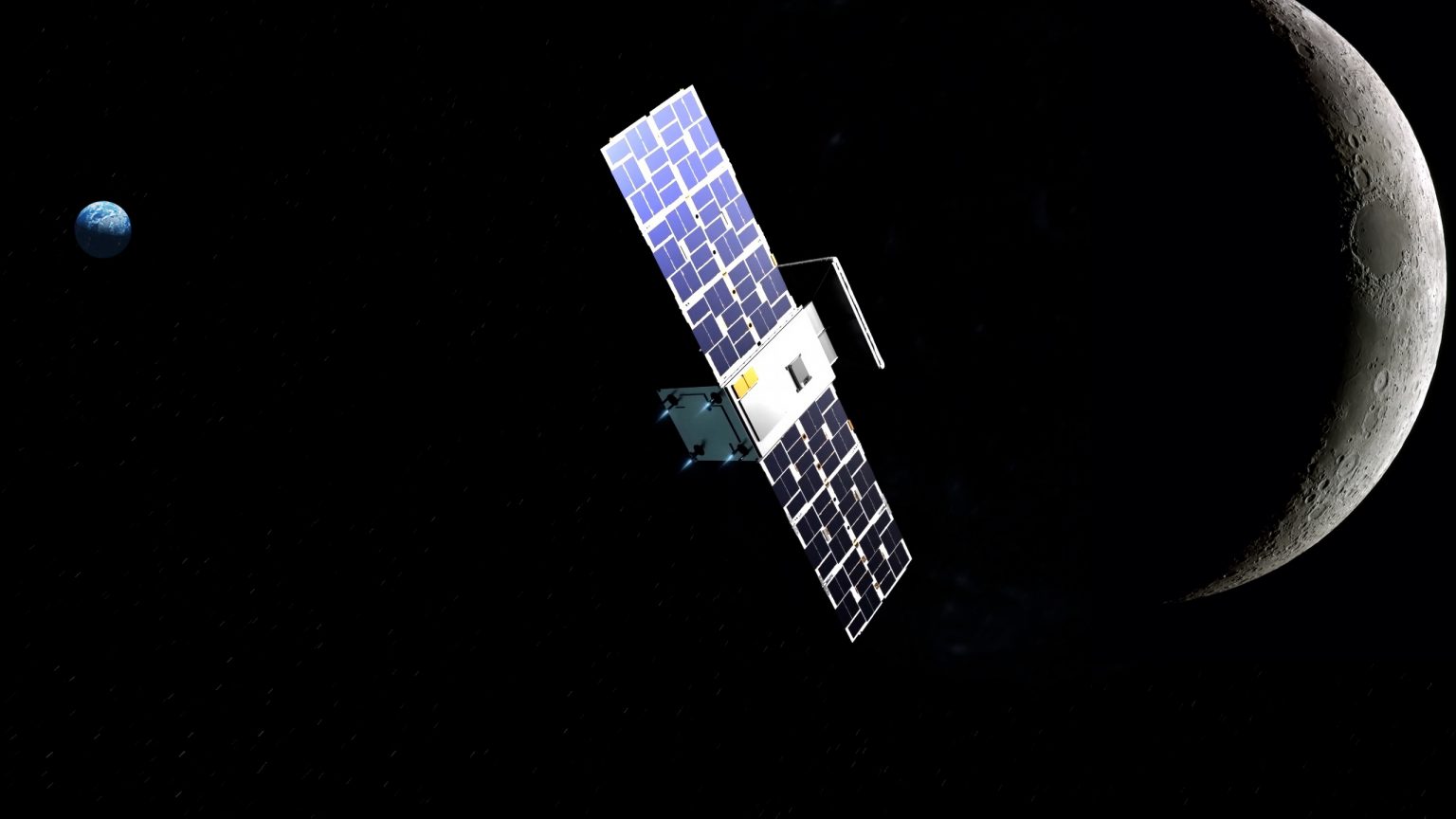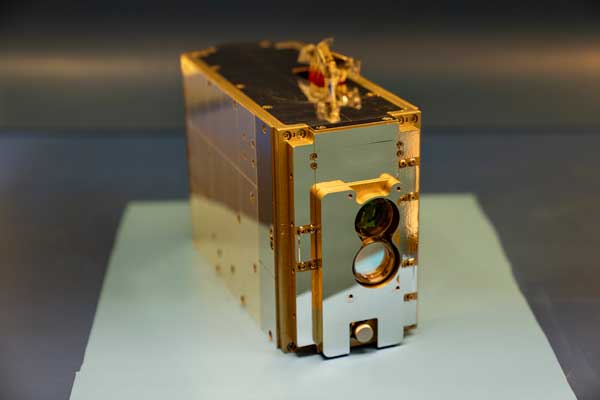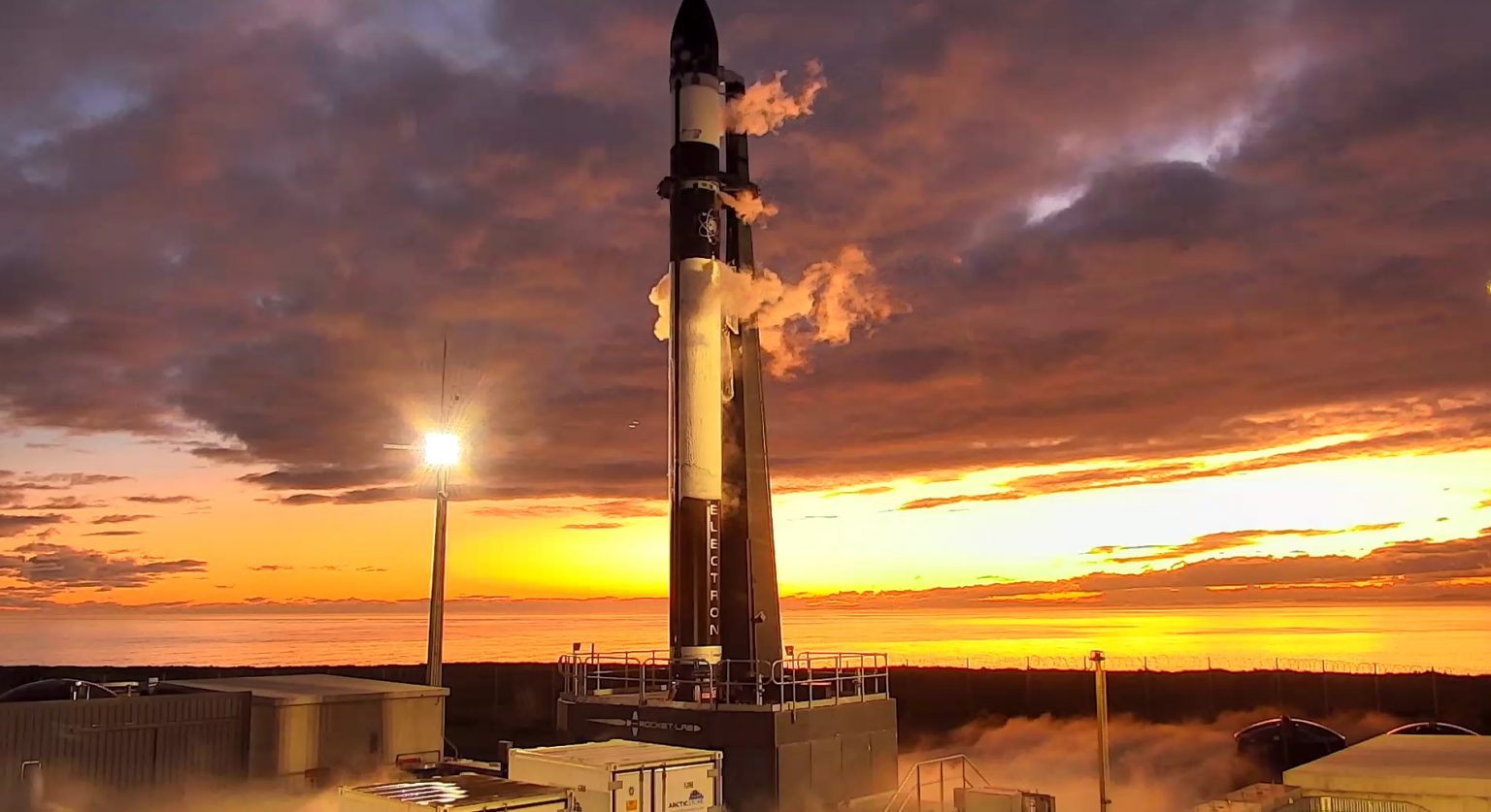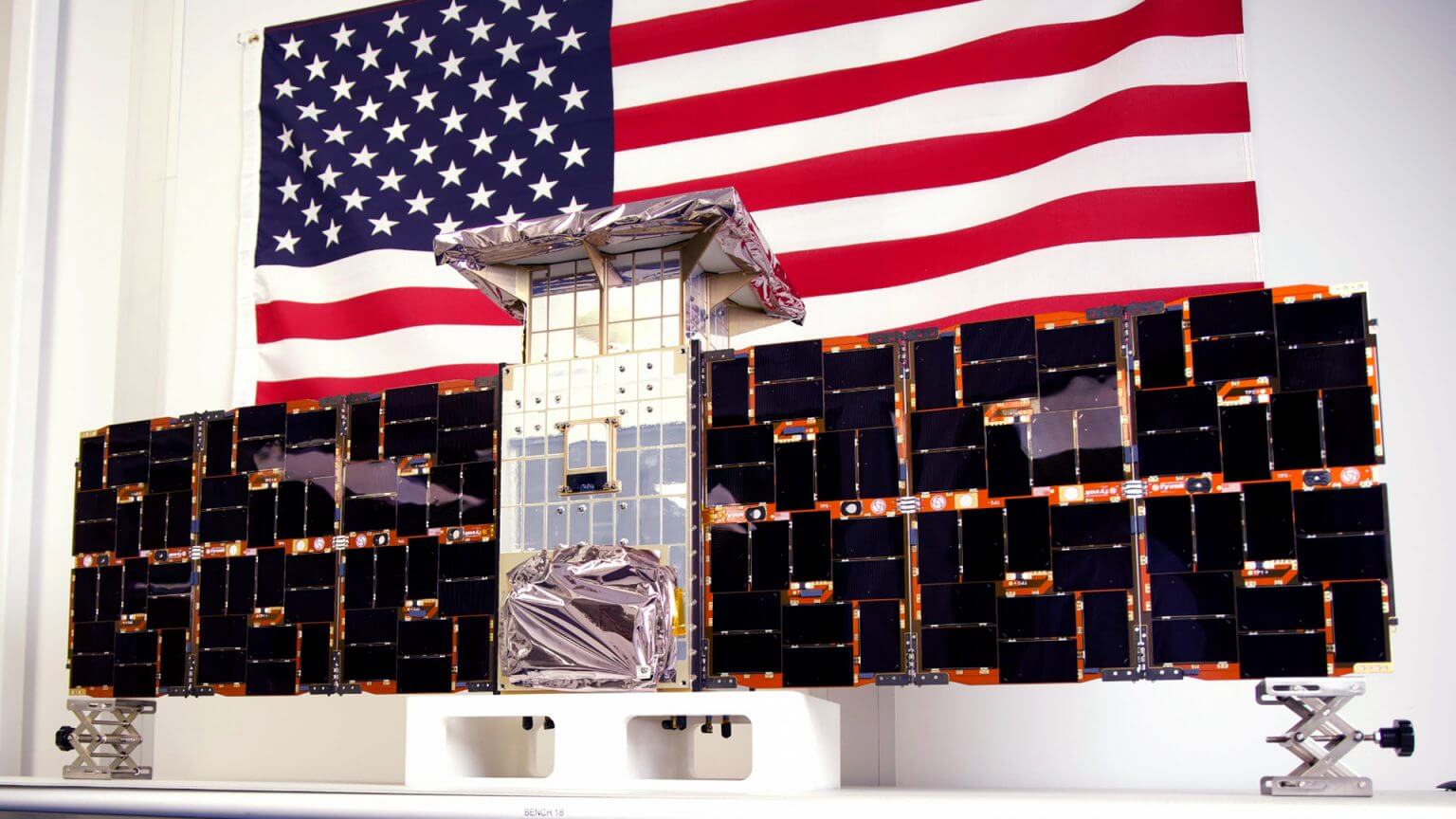A tiny spacecraft the size of a microwave could pave the way for a station between Earth and the moon

The miniscule satellite, called a CubeSat, is about the size of a microwave oven and weighs just 55 pounds (25 kilograms), but it will be the first to test out a unique, elliptical lunar orbit. The CubeSat will act as a pathfinder for Gateway, an orbiting lunar outpost that will serve as a way station between Earth and the moon for astronauts.
CAPSTONE on Capitol Hill

Stop by the rotunda of The Russell Senate Office Building this week to learn more about the trailblazing spacecraft that will fly a new path to the Moon.
CubeSat Set to Demonstrate NASA’s Fastest Laser Link from Space

NASA primarily uses radio frequency to communicate with spacecraft, but with sights set on human exploration of the Moon and Mars and the development of enhanced scientific instruments, NASA needs more efficient communications systems to transmit significant amounts of data. With more data, researchers can make profound discoveries. Laser communications substantially increases data transport capabilities, offering higher data rates and more information packed into a single transmission.
Cubesats to the Moon

On the evening of Monday, June 13, in New Zealand, a Rocket Lab Electron rocket is scheduled to lift off from the company’s Launch Complex 1. That launch will look like many others by the company except for a prominent white NASA “worm” logo on the side of the booster, an indication that the launch is being performed for the space agency.
CAPSTONE | Electron

Rocket Lab will be launching the Cislunar Autonomous Positioning System Technology Operations and Navigation Experiment (CAPSTONE) for the National Aeronautics and Space Administration. The mission is comprised of one spacecraft which, over the course of many months, will travel to the Moon and enter a Near-rectilinear halo orbit (NRHO).
Media Briefing: CAPSTONE Prelaunch

Check out the CAPSTONE prelaunch media telecon to learn how Terran Orbital, Advanced Space, NASA, and Rocket Lab are working together to make this first of its kind lunar mission happen
